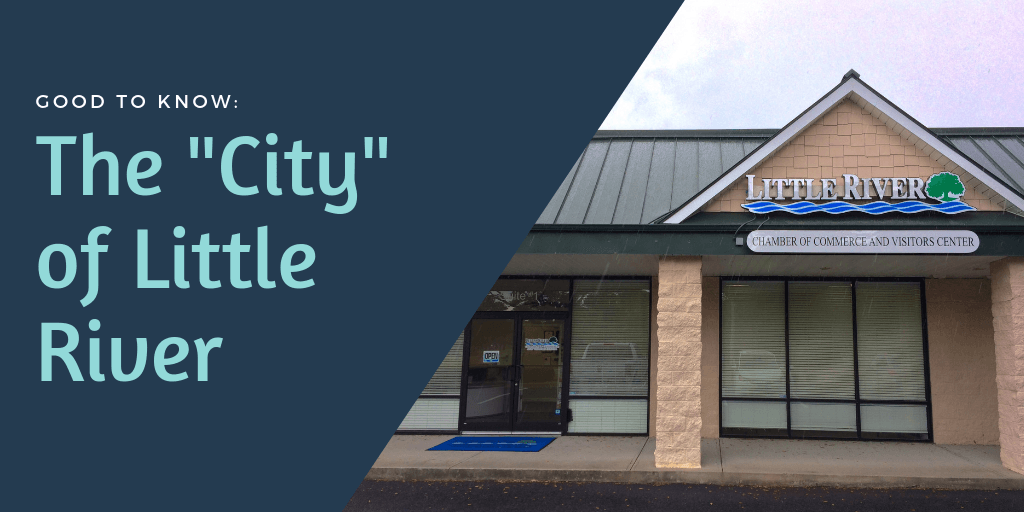Primary Source: Horry County Planning & Zoning – Imagine 2040
Population projections enable the County to take present action to accommodate future conditions. Projections can help determine the level of demand for future facilities and services. Making plans in a rapidly changing, high growth area such as Horry County is difficult.
As areas between the Waccamaw River and coast become more densely populated, it will become increasingly important to monitor and predict the needs of residents in the Burgess, Forestbrook, Socastee, Carolina Forest, and Little River areas. Safety services, parks and recreational services and facilities, housing, and land use will all need to reflect the growing and changing needs of these populations. As household demographics change, so will their housing needs.
Projections
Historically, Horry County’s population has primarily resided along the beach front and near area waterways. Since the 2000 Census, Horry County’s population has grown further away from the beach, along major highway corridors. Burgess, Socastee, Forestbrook, and Carolina Forest have seen the most growth, while Conway, Little River, and the Hwy 90 corridor have also seen considerable population growth. These same areas are expected to see an increase in development into the future, as many new subdivisions have been preliminarily approved in these growth areas, but remain to be constructed.
According to 2015 population estimates, Horry County has approximately 309,199 permanent residents. This estimate shows a 14.8% increase since 2010. This reflects growth that occurred even during a major economic downturn.
The County has experienced rapid growth since the 1970s, adding over 250,000 permanent residents since that time. Horry County has one of the highest population growth rates in the State and is now the fourth most populous county in South Carolina.
These numbers are only expected to escalate as the county population is projected to grow to 584,500 by 2040.
The current population in Little River is approximately 39,000 and is estimated to grow to 72,000 by year 2040. Longs has approximately 7,592 residents and is estimated to grow to 35,500 by 2040.
Demographics
Population growth is mainly being driven by individuals that are relocating to Horry County from neighboring Southern States, other counties in South Carolina, and from the Northeast.
New residents are largely moving into the beach front incorporated areas and the areas east of the Waccamaw River. This is due in part to those area’s proximity to job centers, housing opportunities, and zoning regulations.
The average household size grew from 2.37 to 2.43 between 2010 and 2016, a strong indication that family sizes and non-traditional households are growing in our area. Little River and the Myrtle Beach CCDs average less than 2.3 people per household, while all other areas of the County on average range from 2.53 to 2.72 people per household. This is reflective of where retirees live versus families with children.
Additional Comparisons via 2010 Census:
| Little River | Horry County | SC | |
| % White | 89.04% | 82.6% | 68.5% |
| % Black | 6.62% | 13.3% | 27.3% |
| % Asian | 4.4% | 1.3% | 1.7% |
| % Female | 49.9% | 51.7% | 51.5% |
| % Veterans | 13.9% | 10.3% | 7.9% |
| % Under 5 Years | 4.0% | 4.8% | 5.8% |
| % Under 18 | 11.1% | 18.4% | 22.0% |
| % 65+ Years | 32.8% | 23.0% | 17.2% |
| % High school graduate or higher | 94.5% | 89.3% | 86.5% |
| % Bachelor’s degree or higher | 25.3% | 23.0% | 27.0% |
| % With a disability, under 65 years | 12.3% | 11.9% | 10.5% |
Interested in writing? Submit your guest post here for a chance to be featured on our blog.
Next:











